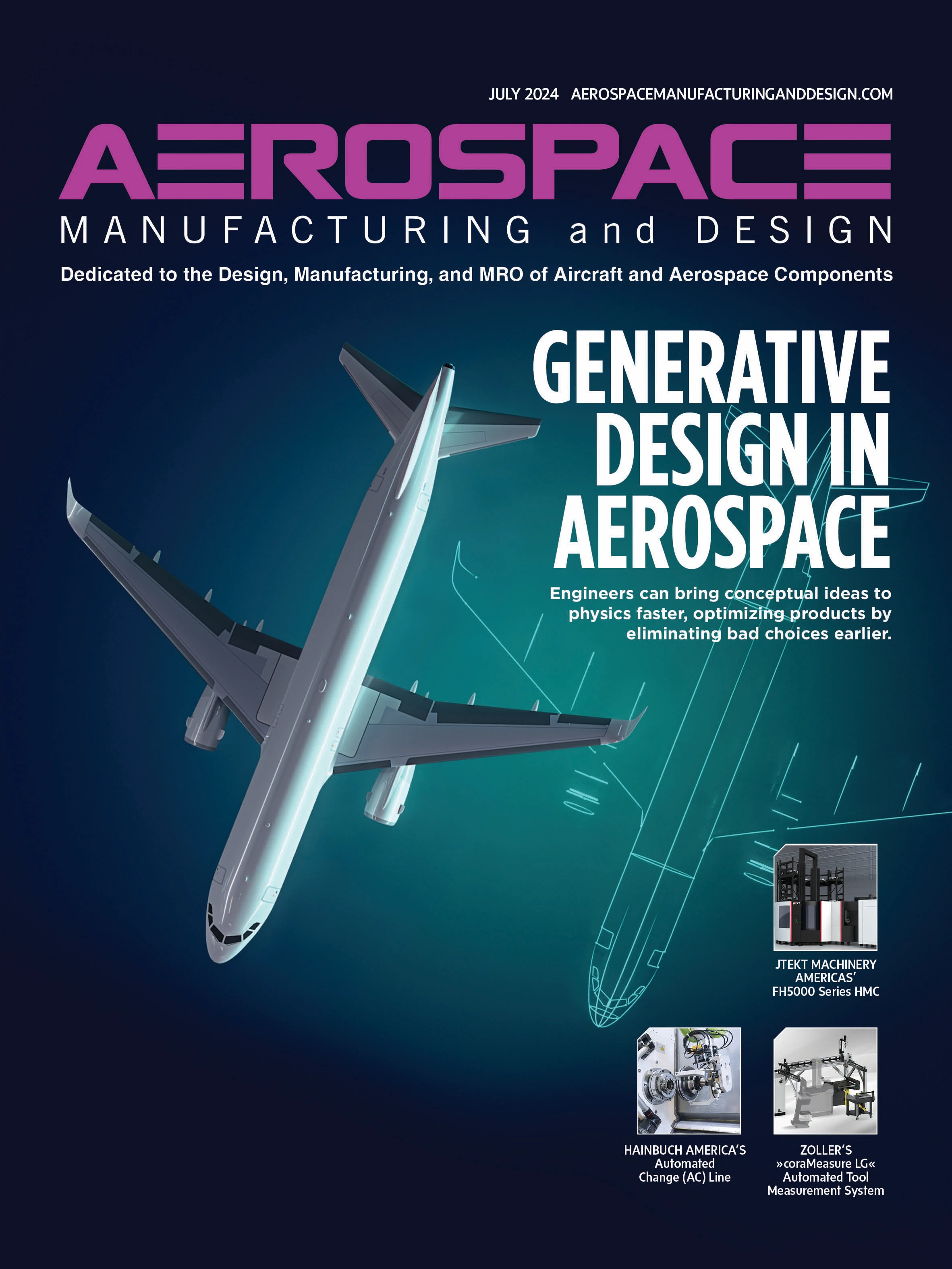
When aerospace manufacturing is mentioned, plate rolling is rarely a process that comes to mind. However, plate rolling is critical to aerospace manufacturing processes. From tip to tail, aerospace structures require exacting shapes and plate rolling machines are critical to the production of a significant number of these components. From orbital and exploratory space vehicles to commercial aircraft, the use of plate rolling machines continues to increase, as the wave of privatization in the burgeoning space sector further fuels the need for plate rolling technology.
Advanced CNC plate rolling machines allow aerospace manufacturers to effectively produce parts with highly complex geometries and multiple radii. In addition to their inherent complexity, these parts are often made from special alloys requiring plate rolling machines with specific features and capabilities to achieve the level of precision required for expensive, safety-critical components. Standard plate rolls are rarely the best choice for these applications, which usually require highly customized machines equipped with tailored accessories.
Precision is paramount
In manufacturing, precision is essential for profitability. In the aerospace sector, accuracy is crucial due to the catastrophic results of component failure. Therefore, manufacturing precision and quality is essential to the caliber of the component and the viability of a project.
Aerospace manufacturers often produce components in low-volume lot sizes, so rolling parts incorrectly incurs the risk of increased cost of raw material, downtime, and reruns. Plate rolling typically occurs early in a product’s fabrication, so potential errors can cause production schedule delays.
Cutting-edge technology is critical
Italian-based plate rolling machine manufacturer Davi has established a track record of reliability within the aerospace sector. It provides machines to a variety of aerospace contractors and companies serving government space agencies and institutes, private orbital enterprises, and leading original equipment manufacturers (OEMs) in the commercial aviation sector.
Technologies included in Davi’s plate rolls give manufacturers the precision required for aerospace components. For example, the company’s iRoll eXtreme has an artificial intelligence (AI)-driven control system providing a smartphone experience with ergonomic controls and a high-resolution screen with live 3D interface. The control uses AI to fine-tune programs, allows real-time simulation, and is Industry 4.0 compliant, addressing the challenge the lack of qualified operators poses to the plate rolling industry.
Given the number of conical shapes found in aeronautical and space design, software programs dedicated to straightforward production are essential. Davi’s iCone software for rolling conical shapes allows shops to manage machine guide position for accurate sheet positioning, and a laser measuring system integrates with iRoll eXtreme to track and record forming tolerances.
One size doesn’t fit all
Aeronautical and space manufacturing is highly customized. Many unique and one-off applications require specific bending capabilities. With these requirements in mind, plate rolling machine suppliers, such as Davi, must tailor machines to a customer’s needs including part shape, plate size, thickness, and material characteristics. Additionally, the machine must offer sufficient versatility to avoid being a one-project system.
Customization comes in all forms. In addition to a roster of 3- and 4-roll plate roll machines, Davi regularly supplies special-feature machines for aerospace manufacturers. For instance, Davi customized one of its MCB medium thickness 4-roll machines with a modular top roll beam (TRB) that swings to the side for processing helicopter tail sections for a major OEM. The application is the sole operation at a single facility but is essential to efficient production for extremely tight radii. For that application, the TRB keeps the plate stable and prevents it from deflecting. In the case of larger diameter applications, customized overhead supports are also necessary.
In some cases, aerospace OEMs want wider plate rolls processed on longer machines to eliminate multiple seams during the vehicle assembly process. Wider plates produce longer cylindrical sections that decrease the number of welds required. Longer sections also save assembly costs by decreasing the amount of secondary welding. To accommodate such design requirements, Davi provided a European multinational aerospace consortium with a 30ft-long MAV machine to process parts for the latest generations of its airliners. The trend toward longer machines to roll wider plates is becoming more common in the sector.
Customer-centric consultation
Perhaps the most demanding challenge plate roll machine builders face is understanding the needs of each aerospace manufacturer. Aerospace design lies at the forefront of what’s possible, and those in the industry must rely on machine tool suppliers’ expertise to provide an effective solution. By understanding the part, materials, and process, machine builders can design a system specific to the application while providing flexibility for future use.
Plate rolling machine builders must also be nimble and ready to adapt to continuously changing circumstances and landscapes. The advancement of technology in the aerospace industry drives turnover of concepts and design at a pace that sometimes leaves machine manufacturers pushing to stay ahead of the curve. It’s not unusual to discover that during the time it takes to build a custom plate roller for a specific component, the aerospace manufacturer has redesigned the part to improve safety and performance. Such scenarios further emphasize the need for flexibility, versatility, and precision in plate rolling for the aerospace industry.
Davi
Explore the July 2024 Issue
Check out more from this issue and find your next story to read.
Latest from Aerospace Manufacturing and Design
- Titanium drop bottom furnace installation underway
- Solid carbide taps for demanding materials
- The Partner Companies acquires Precision Eforming
- Hall Effect angle sensors
- July is for learning – so drop in for this month’s second Manufacturing Lunch + Learn
- Essential strategies to protect your data
- NASA selects instruments for Artemis lunar terrain vehicle
- Twin-cutter boring head





